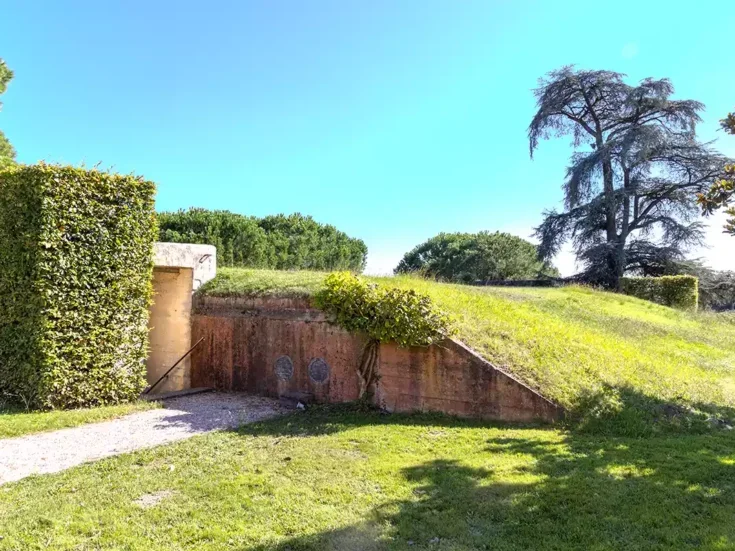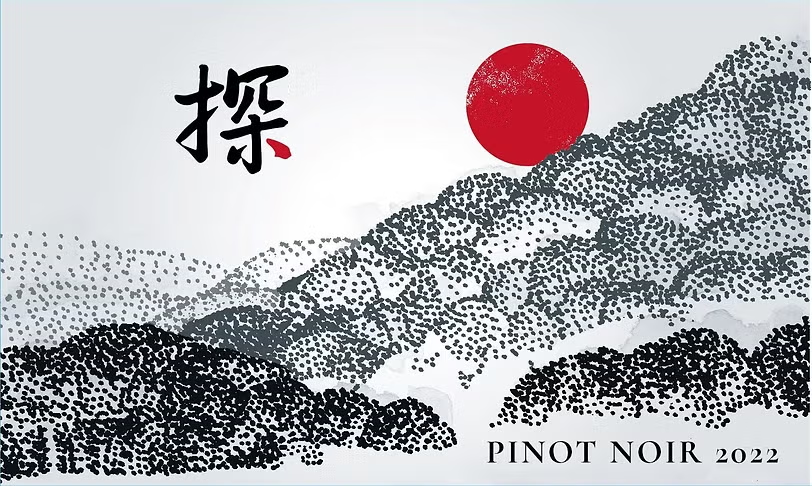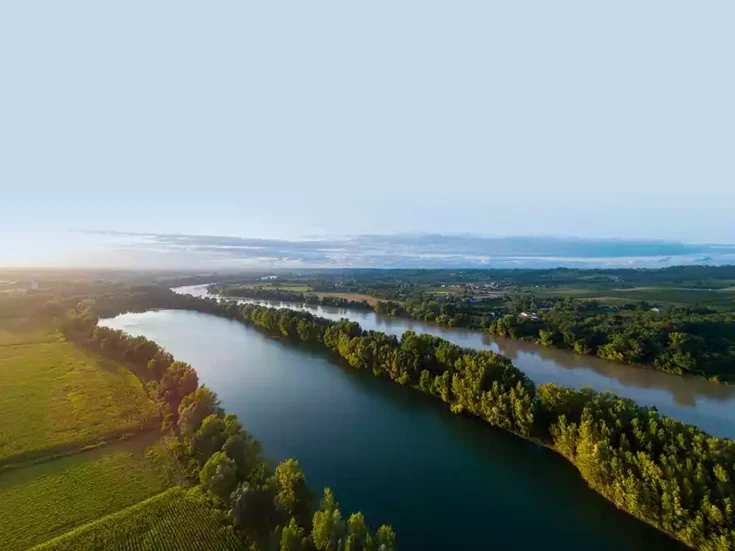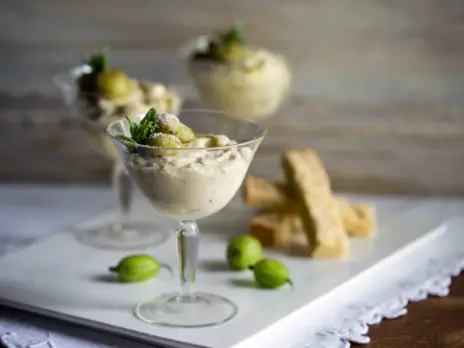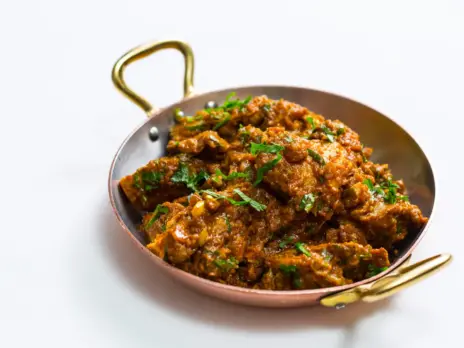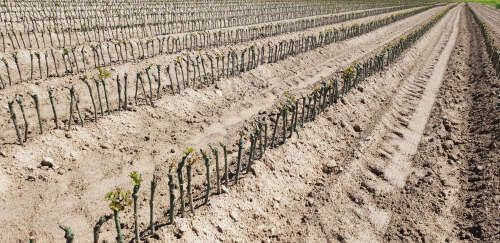
Neal D Hulkower reviews The Cynic’s Guide to Wine by Sunny Hodge.
He had me at cation exchange. Sunny Hodge is my kind of wine writer. He recognizes that “something is fundamentally broken with the way we have all come to understand wine” (p.9) and wrote The Cynic’s Guide to Wine to do something about it. This wine judge and founder of two celebrated London wine bars—Diogenes the Dog, and Aspen & Meursault—had previously earned a Bachelor of Engineering degree in mechanical engineering from University College London and proved very well equipped to do so. This, his first book, blends hard-core science with a deep knowledge of wine and wine service to offer a clear-headed knowledge base to “rip away the marketing and tasting notes and present you with the scientific links from soil to glass that will enable you to understand how it all works.”
While acquiring a solid technical background, Hodge was seduced into the vinosphere at an early age and abruptly changed the direction of his career. “My choice to earn a living in wine and hospitality was neither expected nor planned,” he admits (p.6). He worked his way through school at restaurants picking up the skills necessary to run the establishments he later created. Along the way, he was continuously exposed to the noise and nonsense that permeates much of the contemporary vinous narrative. This beautifully produced, handsomely illustrated, and carefully researched book is his antidote.
Through the introduction, seven chapters, and conclusion, Hodge takes us from vine roots to the finished wine. On the way, he debunks terroir, delves into natural law, reveals the anatomy of a grape, focuses in on microbes, explains manipulations at the winery, and details the basis of flavor perception. A six-page glossary is the first place to consult when encountering the terminology contained throughout the text, followed by a detailed index. There are eight pages of references by chapter for those interested in consulting Hodge’s primary sources.
The real “aha” moment
Like Alex Maltman in his Vineyards, Rocks, & Soils: The Wine Lover’s Guide to Geology, Hodge introduces a fundamental process up front in The Cynic’s Gude to Wine: “Cation exchange provides the real ‘aha’ moment when it comes to figuring out how plants interact with the soil. It’s the first step to gaining a better understanding of wine,” he tells us (p.13). The key is that what a vine draws from the soil is only at the atomic level. Geologic minerals cannot pass through the thinner-than-hair roots to the grapes to infuse them with the “minerality” that the overwhelming majority of wine communicators claim they detect in the finished wine. Instead, positively charged nutrient minerals—called cations, which are present in the soil or derived from geologic minerals—work their way in by way of an elegant do-si-do with stronger cations the roots produce. All this happens in the rhizosphere, the immediate vicinity around the roots comprised of soils and microbes.
The first chapter discusses rhizosphere interactions, mycorrhizal associations, types and quantities of nutrients vines need, enzymes, water requirements, rootstock, and grafting to rootstock from a different species of vine. Setting up the theme of the second chapter, it ends with a challenge to the notion of terroir. “If […] major changes can be brought about by rootstock choice, why aren’t we talking about this more? ‘Terroir’ is regularly mentioned in the context of wine but should we not be talking about rootstock too?” (p.34)
Hodge then proceeds with a full-on assault on terroir, reminding us that odorless and tasteless geologic minerals are not broken down and sucked up by the vine roots. He cautions us: “A single expert or scientist cannot have all the answers, and we should not shy away from admitting this when speaking about wine, a field of expertise where so many hide behind the mysteries of geology” (p.52). Then he presents short sections on types of vineyard rocks, microorganisms, humus, soil acidity, soil layers, and finally terroir. “Humus has far more of an effect on nutrient availability than geology, and further direct benefits to soil structure and water drainage, yet we never give it the limelight it deserves. Humus never gets credited on a wine bottle or in wine writings,” he says (p.59).
Without including a reference to it, Hodge cites the work of Professor Gérard Seguin from the mid-1990s that “concluded that no reliable link could be formed between the material composition of the soil and wine characteristics or quality” (p.64). The key to quality, Seguin contended, is availability of water.
Hodge states that “Terroir is often described as a ‘sense of place,’ and it’s saddening to realize that the two components that make the largest impact to plant life in soils—micro-organisms and humus—aren’t ever included in this sense of the term” (p.64). I would welcome his reaction to a study published in 2021 in Scientific Reports by Roy Urvieta et al titled “Terroir and Vintage Discrimination of Malbec Wines Based on Phenolic Composition across Multiple Sites in Mendoza, Argentina,” which makes a strong case that there is a there there with the concept of “somewhereness,” as Matt Kramer calls it.
The “Natural Law” chapter contrasts the “better farming through chemistry” approach that has dominated agriculture and viticulture since the end of World War II with organics. The latter encompasses several overlapping but not identical practices with separate certifications or none at all, including biodynamics, organic, regenerative, and the particularly amorphous sustainable. This, of course, leads to a diversion into natural wine, a subject close to Hodge’s heart and the specialty of his wine bar Aspen & Meursault.

In March 2025, right before I read Hodge’s case for alternatives to conventional viticulture, I attended the first Organically Grown Wine Symposium, hosted by Alexana Winery in Newberg, Oregon. Chris Schreiner, CEO of Oregon Tilth, reminded us that the younger generations buy on values, and we should be mindful that “farming practices connect to values.” The relevant takeaway from the meeting is, as winemaker Luisa Ponzi advised, to tell the story about what’s happening on the farms. Hodge’s account of common practices, while not naming names, coupled with these concerns and recommendations that should spur wine growers into action.
The anatomy of a grape merits a chapter to itself. I particularly appreciated the comprehensive discussion of which parts contribute which characteristics of a wine. As I was slogging through the description of the chemistry inside the grape, I jotted in my notes, “A sip of Pinot can make the science go down…”
Throughout, Hodge does not hold back on introducing complex concepts and terminology. This is all the more impressive, by the way, since he was trained in the physical not biological or biochemical sciences. He certainly recognizes that he’s “covered a lot, some of it very technical, but just how much of it will we remember?” (p.217). After all, one reader’s revelation is another’s “boredon,” as The Onion labels minutiae of dubious value. To the latter, I advise that the benefit is in the aggregate and less in the details. Even if you “eye-surf” past the complicated jargon, you will gain insight.
Microbes take the starring role in the fifth chapter. We meet yeast at an intimate level and learn about the various compounds formed during fermentation.
Hodge begins the sixth chapter, “Manipulations at the Winery,” with this disclosure: “It makes the mind boggle to read through these last five chapters and fathom the complex interplay of factors needed to produce quality wine, and then to realize it can be overcome by technological intervention” (p.163). Starting with the most familiar and probably the oldest additive, sulfur dioxide, we then move on to a range of techniques and chemicals that are implemented and introduced at various stages in production.
Hodge provides a quick summary of wine flaws, especially useful for those who have not read Jamie Goode’s Flawless: Understanding Faults in Wine. I appreciated his description of the two types of reduction.
In chapter 7, “Flavour Perception,” we finally have wine in the glass to analyze. How flavor comes about has been the subject of two important books published in 2016: I Taste Red: The Science of Tasting Wine by Jamie Goode and Neuroenology: How the Brain Creates the Taste of Wine by Gordon Shepherd. In 25 pages, we get a masterful synopsis of many ideas contained in these books, with plenty of examples and personal insights. For example, Hodge contends, “What is then said to make these wines good or bad is how tightly they fit into those expectations of typicity. This flips the whole concept of wine being a representation of its terroir on its head, and alludes to wine being made to fit the parameters of what we’ve learned it should taste like rather than having tastes specifically imbued by that place” (p.201).
In the book’s conclusion, Hodge comes full circle: “With your newfound understanding of cation exchange you’ll be able to probe what you’re told about soil and terroir at a tasting or at the table” (p.220).
Delivering on the promise
Learning about wine is not so much fitting puzzle pieces together as overlaying facts gathered over time and melding them with what you already know. By reading constantly and assisting wineries with many aspects of wine production and distribution, I’ve learned enough to hold my own in conversations with members of the wine industry and to extract the signal from the noise. This book has added a significant layer to my understanding and even corrected some faulty information I had been espousing.
With The Cynic’s Guide to Wine, Hodge delivers on his promise: “This guide is one of the quickest tools for getting your head around this tricky and often romanticized subject” (p.12). In doing so, he joins the ranks of Jamie Goode, Alex Maltman, and most recently, Gus Zhu MW, author of Behind the Glass: The Chemical and Sensorial Terroir of Wine Tasting, in reminding us that we are entitled to our own metaphors but not to our own science.
The Cynic’s Guide to Wine
Sunny Hodge
Published by Académie du Vin Library; hardback; 240pp; $35 / £25

